This report is taken from PN Review 271, Volume 49 Number 5, May - June 2023.
Letter from Wales
A single private mine excepted, the era that linked South Wales and coal as indelibly as blue scars on pale skin, and possibly for ever, seems over, but it doesn’t take much to reactivate memories of Gilfach Goch, when that small, separate nook between the ribbon development of the Rhondda and Ogmore valleys to east and west had three working pits going full pelt. On this occasion the nudge was supplied by a book from Parthian, Miner’s Day (2021). It is a splendid concept combining the text of B.L. Coombes’s Penguin Special Miners Day (1945), which is a good deal slimmer not only because the pages are almost tissue-paper thin, wartime paper-rationing standards applying, with an expanded display of work by the artist Isabel Alexander, who contributed half a dozen black-and -white illustrations to that earlier iteration. Alongside a gallery of finely drawn scenes and portraits, the paintings reproduced in this new book, including several of Gilfach, all slag black, grey and muted greens, reveal in its full monstrous glory the industrial vandalism of landscapes that accompanied the creation of Valleys mining communities.
Bertie Louis Coombs Griffiths, the writer’s name as it appears in childhood documentary records, has turned up a few times in previous ‘letters’ because he is a reliable source of information about coal mining, and I mean by that what it was like actually to work underground hacking at black seams a dozen inches to a dozen feet or more thick and loading drams (or ‘trams’) with coal to be hauled to the surface as fuel for industrial furnaces and ships ...
Bertie Louis Coombs Griffiths, the writer’s name as it appears in childhood documentary records, has turned up a few times in previous ‘letters’ because he is a reliable source of information about coal mining, and I mean by that what it was like actually to work underground hacking at black seams a dozen inches to a dozen feet or more thick and loading drams (or ‘trams’) with coal to be hauled to the surface as fuel for industrial furnaces and ships ...
The page you have requested is restricted to subscribers only. Please enter your username and password and click on 'Continue':
If you have forgotten your username and password, please enter the email address you used when you joined. Your login details will then be emailed to the address specified.
If you are not a subscriber and would like to enjoy the 292 issues containing over 11,700 poems, articles, reports, interviews and reviews,
why not subscribe to the website today?
